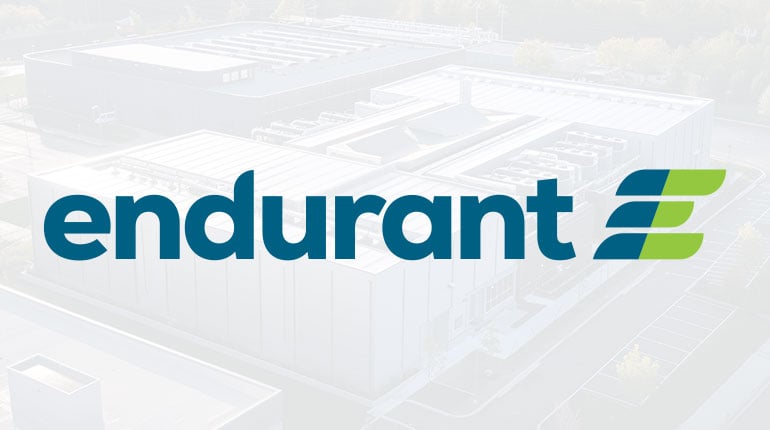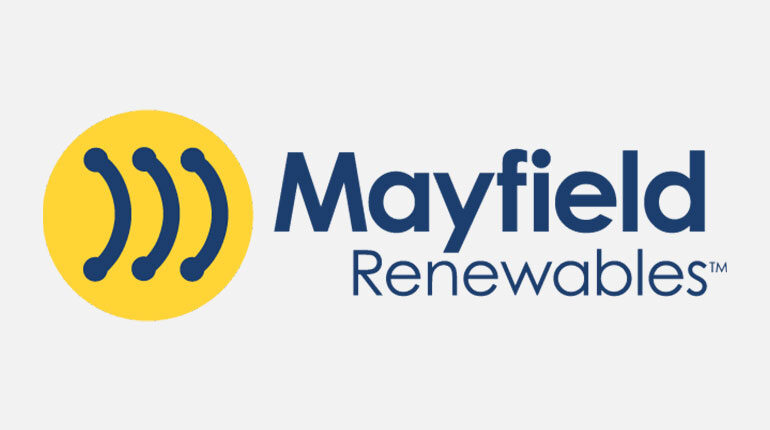Endurant Energy Case Study - Behavioral Health Facilities
Endurant Energy used Xendee’s platform to assess technical and financial options for new distributed energy resources (DER) at three California...
2 min read
 Xendee
Aug 25, 2024 5:03:00 PM
Xendee
Aug 25, 2024 5:03:00 PM


Cascadia Renewables utilized Xendee to properly size solar PV, BESS, and generator for Thurston County Public Health's facilities.
Challenge:
The Washington Department of Commerce selected Cascadia Renewables as the internal Technical Assistance vendor for their Solar Plus Storage for Resilient Communities program. In this role, Cascadia Renewables conducts feasibility studies for energy infrastructure that supports critical services to environmental justice communities and public services buildings. The West Coast communities that Cascadia Renewables works with are at risk of tsunamis, wildfires, and earthquakes, and their critical infrastructure needs to operate continuously in an emergency.
The Site:

Figure 1: This image shows the GIS view of design for the Thurston Public Health building within the Xendee microgrid platform. this microgrid is connected to the utility and has existing battery and solar pv resources on site.
Thurston County Public Health currently relies on a backup generator with limited fuel supply for critical loads. The feasibility study provided by Cascadia Renewables aimed to assess how a microgrid could impact the available power, autonomy, and redundancy on site. Addressing these challenges could reduce the disruption caused by seasonal outages on everyday operations and extend critical service during an emergency. As a fully grant-funded resiliency-based system, the purpose was autonomy and redundancy rather than financial savings or carbon reduction.
Solution:

Figure 2: This figure shows the baseline dispatch for the facility without any new upgrades. This was used to create a financial projection from the year to use as a comparison for Xendee's optimizations. As shown, most of the load is met through utility purchases particularly for high use times.
Cascadia Renewables utilized Xendee to properly size the site's solar PV, BESS, and generator. Xendee enabled them to:
Quantify the reduction in generator run times and fuel consumption during catastrophic events.
Assess the ability of solar plus storage to create redundancy for backup loads, including medical refrigerators, in case of generator failure.
Establish whether the solar plus storage system can supply more power to the site, allowing for the expansion of backup loads.
Model multi-week outage events to ensure that their on-site DERs can maximize periods of autonomy.
Result:

Figure 3: This figure shows the dispatch optimization after the new investments have been made. A new diesel generator was added onsite and the size of the battery was increased. In this case, the microgrid was able to meet the load throughout the vast majority of the day though its own onsite assets. Additionally, the battery was left with a high state of charge overtime and could be used during peak usage periods or outages to offer the facility enhanced resiliency and reduce demand and energy costs.

Running optimizations within the Xendee software platform was an integral part of Cascadia Renewables' feasibility study, which included technology sizing and detailed dispatch charts detailing how the energy demand would be met during an outage. Using Xendee, they were able to provide a conceptual design that met all three project goals:
To provide additional power to the site to maintain full facility operation through average seasonal outages.
To add redundancy to the existing backup systems and maintain critical loads for 24 hours if the generator fails.
To extend the facility’s period of autonomy in an extended grid outage by reducing generator runtime and, therefore, the rate of fuel consumption.

Endurant Energy used Xendee’s platform to assess technical and financial options for new distributed energy resources (DER) at three California...

This case study explores the development of the Southern Pennsylvania Resilience Corridor, created in the aftermath of Hurricane Sandy to provide...

Mayfield Renewables has integrated Xendee into their microgrid consulting business to rapidly grow the size and capabilities of their energy services...